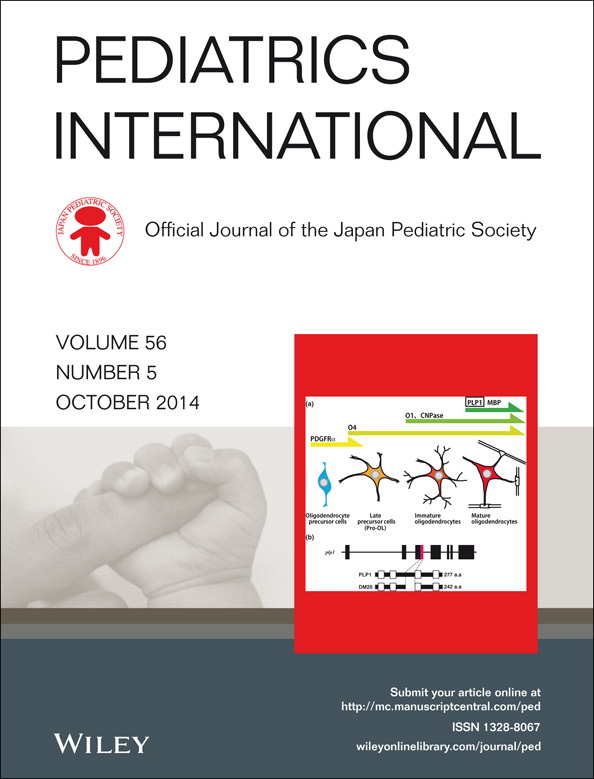Mesenchymal chondrosarcoma diagnosed on FISH for HEY1-NCOA2 fusion gene
Abstract
Mesenchymal chondrosarcoma (MC) is an extremely rare subtype of chondrosarcoma that has a small round-cell sarcoma with focal cartilaginous differentiation, often with a pericytomatous vascular pattern. The non-cartilaginous components are usually dominant, and such lesions might be confused with other small round-cell tumors. Recently, a tumor-specific HEY1-NCOA2 fusion gene was identified in MC. Here we report the case of a 9-year-old boy who was diagnosed with MC by detection of HEY1-NCOA2 fusion signals in almost 50% of tumor cells in tissue sections on fluorescence in situ hybridization (FISH). In this way, the tumor was definitively diagnosed as MC. This case suggests that the detection of the HEY1-NCOA2 fusion gene on FISH is of diagnostic value for MC.




